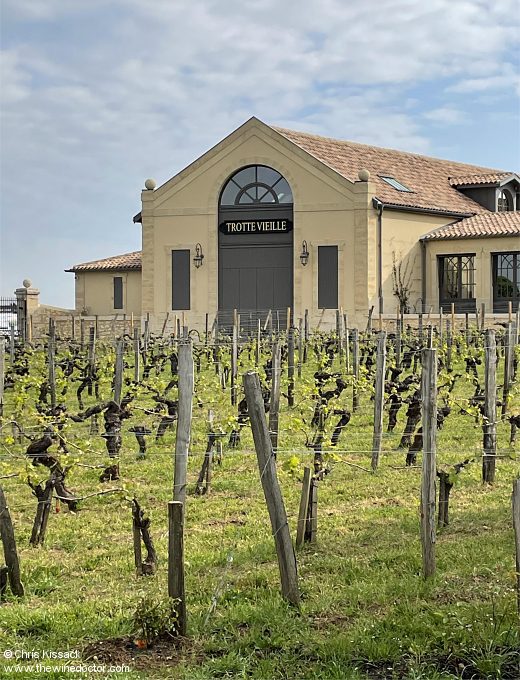Château Trotte Vieille: Reunification
Édouard Jean played an important role in the story of Château Trotte Vieille because it was under his direction that the two halves of the property were brought back together, presumably as he bought out his neighbour, perhaps after the death of Alexis Dumugron, or perhaps phylloxera forced his neighbours to throw in the towel. The reunified domaine seems to have had a lower production than before, and phylloxera may well have been responsible for this as well. In 1908 the estate continued to be listed among the premiers crus in the latest edition of Cocks et Féret, and the proprietor was one Charles Jean, presumably the son of Édouard. Production was holding steady at 12 tonneaux, although by 1922 it had dropped slightly to 10 tonneaux per annum.
Charles married Joséphine Gibaud, and upon his death it was his widow Joséphine who inherited the estate. Thus by 1942 the domaine was in the hands of their offspring E. and G. Jean-Gibaud, but by this time the estate was clearly close to derelict, and few in the family seemed to have any interest in taking it on. This much is evident from the words of Bernard Ginestet, writing in St Emilion (Jacques Legrand SA, 1988), as he described a trip taken in 1948 by the négociant Marcel Borie (1892 – 1961) and his son-in-law (who had married Marcel’s daughter, Denise, in 1944), Emile Castéja (1921 – 2019).
“On the way, they passed in front of Trotte Vieille, a more or less abandoned estate, three-quarters of whose vineyard represented an intestate succession lacking inheritors. In front of the cellar, someone was busy cleaning old casks. The visitors started up a conversation, and out of curiosity bought two bottles of the new wine, the 1947 vintage.”

